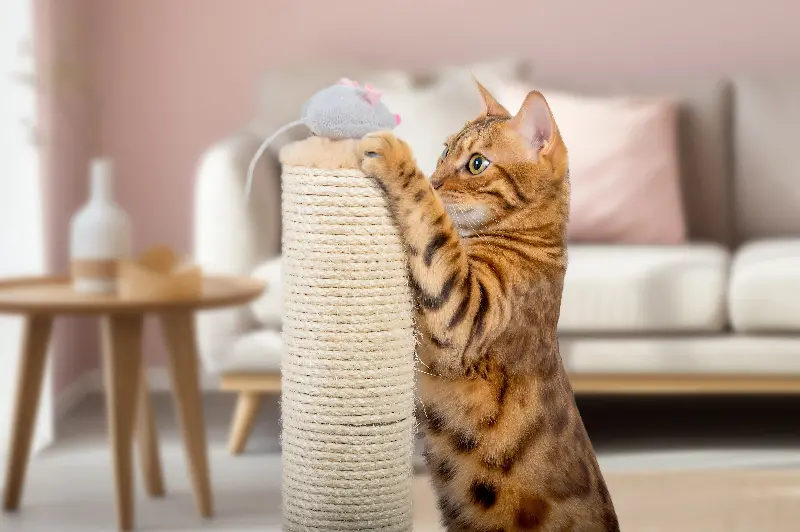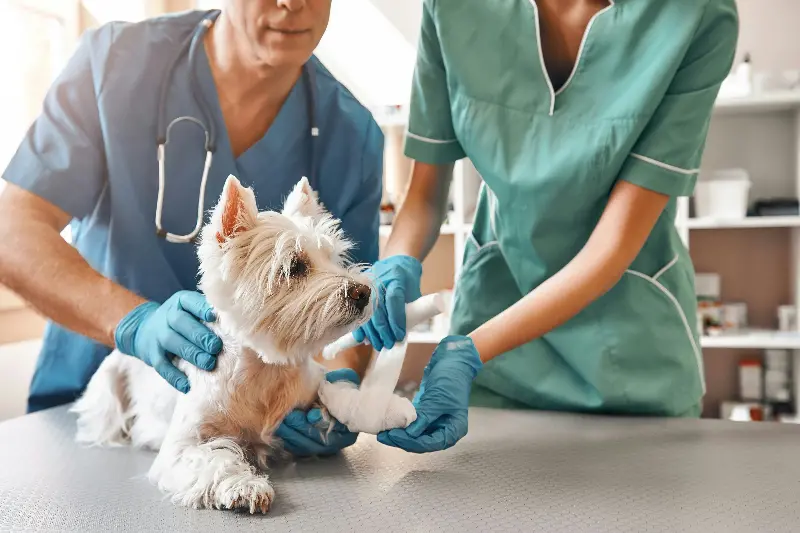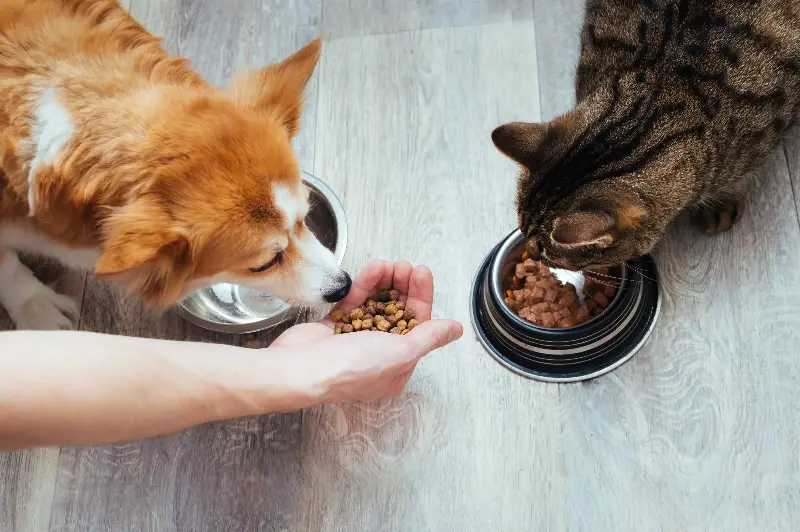
Welcoming a pet into your home is one of life’s greatest joys. That wagging tail at the door, the soft purr on your lap—they’re often worth their weight in gold, at least emotionally. But there’s no denying pets come with real financial responsibilities. With social media full of pampered pooches and curious kittens sporting designer gear, it’s easy to assume that owning a pet is a luxury few can afford. But is having a furry friend truly expensive, or is it cheaper than you think? Let’s dive into the real numbers and see where the costs—and savings—might surprise you.
The Basics: Upfront And Recurring Expenses
When you first think about bringing home a dog, cat, or smaller pet, you’re probably considering the basic needs: food, shelter, medical care, and a bit of comfort. For most owners, the upfront costs include adoption or purchase fees (ranging from as little as $50 for a rescue pet to upwards of $3,000 for a pedigreed dog or cat). Then there’s the essential gear: leashes, collars, bowls, beds, and maybe litter boxes for cats. You might spend $200 to $500 in your first weeks, depending on what you already have or receive from shelters or breeders.
Once your pet is settled, you’ll be looking at monthly expenses. Average food costs for a medium-sized dog might land between $25 and $50 per month, while cat owners usually spend a bit less, around $20 to $40. Add flea and tick prevention, annual vet check-ups, and routine vaccinations, and you’re generally looking at between $500 and $1,000 each year for basic care.

Hidden Costs: What Most People Forget
While the basics are easy to plan for, there are surprise expenses that catch many pet owners off guard. Pet insurance is an increasingly popular layer of financial protection, typically costing $20 to $50 per month, depending on coverage. Unexpected illnesses or accidents can result in vet bills that run into the thousands, so many find peace of mind in insurance.
Grooming is another cost to consider. Short-haired or non-shedding breeds might need only the occasional bath at home, while some long-haired or fancy-pawed pooches require professional grooming, costing anywhere from $30 to well over $100 per session. Pet boarding or walking services add up, especially for those who travel often or have long work hours.
Then there are the little things: replacing chewed-up toys, new scratching posts, or cleaning supplies. Over a typical pet’s lifetime, these minor expenses can quietly grow.

Ways To Save Without Compromising Care
Thankfully, pet ownership doesn’t have to drain your bank account. Smart shopping and preventive care make a huge difference in the total cost. Adopting from shelters instead of buying from breeders saves money upfront and often comes with included vaccinations or spaying/neutering.
Bulk buying food and supplies can lead to major discounts, and loyalty programs at pet stores offer additional savings. Many owners share that making homemade treats or toys not only saves cash but is also a fun bonding activity with kids or friends.
Preventive veterinary care—such as keeping up with vaccinations, dental hygiene, and regular check-ups—will lessen the risk of more expensive treatments for diseases or dental issues down the line. And don’t underestimate the value of training: a well-trained pet is less likely to cause costly household accidents or emergencies.

The Emotional And Social Payback
Here’s where things get interesting. When calculating the “cost” of pet ownership, it’s easy to stop at the numbers on your bank statement. But studies show pets can actually shrink spending in other areas. For example, pet owners often report fewer doctor visits, improved mental health, and even lower blood pressure, thanks to the calming effect of animal companionship.
Socially, pets help build bonds with neighbors, encourage more physical activity, and connect owners in ways that would otherwise never happen. Countless people say their pets help them reduce spending on entertainment, gym memberships, or nights out—after all, a night at home with a movie and your furry friend can be as satisfying as an expensive night out.

Unexpected Benefits: Are Pets More Affordable Than You Think?
When you zoom out and factor emotional benefits and lifestyle changes, pets often become a better investment than they appear at first glance. Many pet owners find that planning and budgeting—just as you would for any other family member—makes pet expenses predictable and manageable, rather than crippling.
Community-driven solutions also make a difference—pet-sitting swaps, group buying clubs, or local veterinary clinics with discounted services can make ownership affordable. Some cities even offer “pet pantries” for struggling owners, ensuring that financial trouble doesn’t force beloved animals out of their homes.
It’s also worth noting that not every pet costs the same. Small mammals, reptiles, or even pet birds often come with a much lower price tag, both for upfront care and ongoing maintenance, making them excellent companions for those on a tighter budget.
While owning a pet does come with real financial responsibilities, the true cost might not be as high—or as limiting—as many think. With a smart approach and a little creativity, sharing your life with a loyal companion is within reach for more people than ever. For most, the warmth of a furry (or feathery, or scaly) friend is well worth a few extra dollars each month—and can offer returns far beyond what you’ll ever spend.
